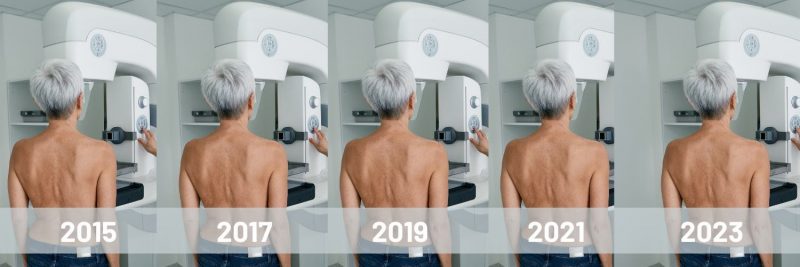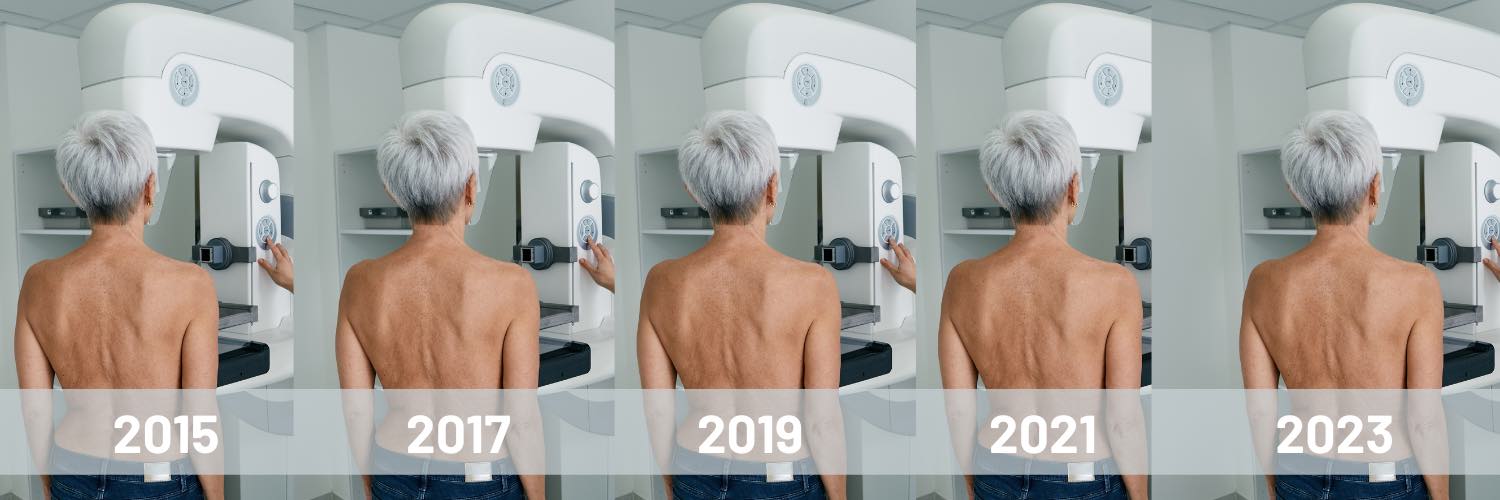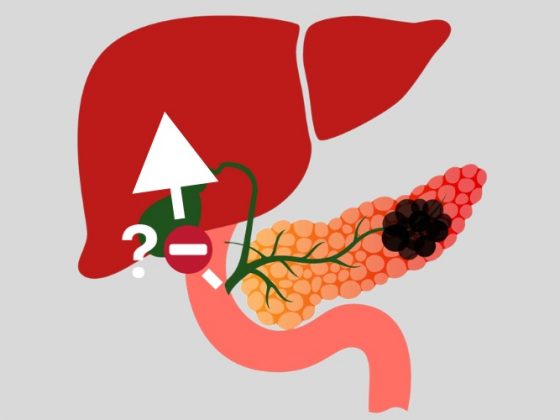Women who regularly attend breast screening mammography have a reduced risk of breast cancer mortality. The Swedish study, Abstract R1-SSBR10, presented at the annual meeting of the Radiological Society of North America (RSNA), held in Chicago, Illinois, 26–30 November, found that women with breast cancer who attended all previous mammogram invitations were three times less likely to die from breast cancer compared to women with breast cancer who had attended no mammography examinations.
“These findings show that, as much as possible, adherence to regular mammography is the very best insurance a woman has against being diagnosed with advanced breast cancer that could be life-threatening,” says Robert Smith, an author on the study and presenter at the RSNA meeting. “And each additional examination attended among the five previous examinations conferred an additional protective effect against dying from breast cancer.”
Skipping just one scheduled mammogram could result in a more advanced breast cancer diagnosis that significantly impacts on a woman’s chance of survival. Women fail to attend regular mammography for a variety of reasons including lack of health insurance, not receiving regular screening reminders, losing track of the timing of their last mammogram, and not understanding the importance of screening. “For all women, the routines of daily life can get in the way… care for children or family members, job obligations etcetera. If they don’t reschedule then time can go by,” Smith, who is also Director of the American Cancer Society Center for Cancer Screening, tells Cancerworld.
In an earlier study, Smith and colleagues showed that participation in two successive scheduled screening mammograms conferred a greater reduction in the risk of breast cancer mortality than participation in only one. “In this new study, we considered the possibility that continuity over more than two consecutive exams might be associated with even greater protection from a preventable death from breast cancer,” explains Smith.
For the study, Smith and colleagues analysed the screening mammogram history of 37,079 patients from nine Swedish counties, who were diagnosed with breast cancer, and who visited oncology centres across Sweden between 1992 and 2016. Using data from the Swedish Cause of Death Register, the investigators identified 4,564 breast cancer deaths among people involved in the study. They went on to track the patients’ participation in up to five of their most recent invitations for breast cancer mammograms prior to their cancer diagnosis. “The study was undertaken in Sweden because the country has extraordinary longitudinal complete data on the population’s health care utilisation,” says Smith, adding that the results are relevant to all countries.
Depending on the number of screening invitations, 58% to 73% of patients participated in all scheduled screening exams, and 73% to 96% participated in at least one scheduled screening exam.
Results showed that women who attended all five screening mammograms had a survivability rate ranging from 82.7% to 86.9%, while women who did not participate in any screenings had a survival rate that ranged from 59.1% to 77.6%. The team reported a risk reduction of 72% (HR=0.28; 95%CI 0.25–0.33) for women who attended all five screenings compared to women who attended none. After adjustment for potential self-selection factors there was still a 66% risk reduction for women who attended all five screenings (HR=0.34; 95%CI 0.26–0.43).
“Our findings are a reminder that imaging facilities should prioritise getting a woman who missed her examination back on the schedule as soon as possible,” says Smith. “The screening intervals are set to ensure the greatest possibility to detect breast cancer early.”
More emphasis, he adds, needs to be placed on educating women about the importance of adhering to screening intervals. “A quick evaluation of on-line educational materials reveals a great deal of information about the importance of mammography, what to expect from mammography, but few sites stress the importance of undergoing regular mammography.”
In Europe, while mammography screening invitations usually start at the age of 50 and end at the age of 70, intervals vary, being every 24 months in most countries but only every 36 months in the UK and Malta.
The latest results also provide ammunition against screening sceptics who have suggested that improvements in treatment over time have made mammography obsolete. “The data are clear: women who attend regular mammography screening and are diagnosed with breast cancer benefit much more from the advances in therapy than women who do not attend screening,” says Smith.













1 comment
Breast cancer survival is a WRONG endpoint in assessing this. The endpoint should always be “Breast Cancer Mortality” when comparing two groups like this – What was the difference in breast cancer and all-cause mortality between the two groups?
Comments are closed.